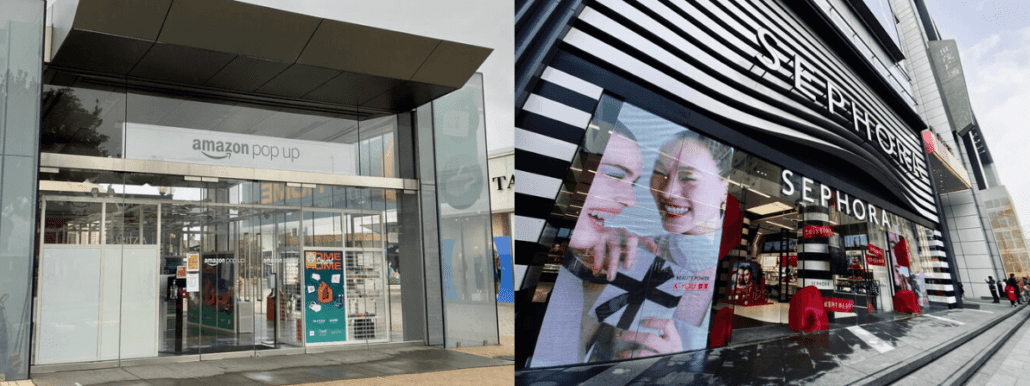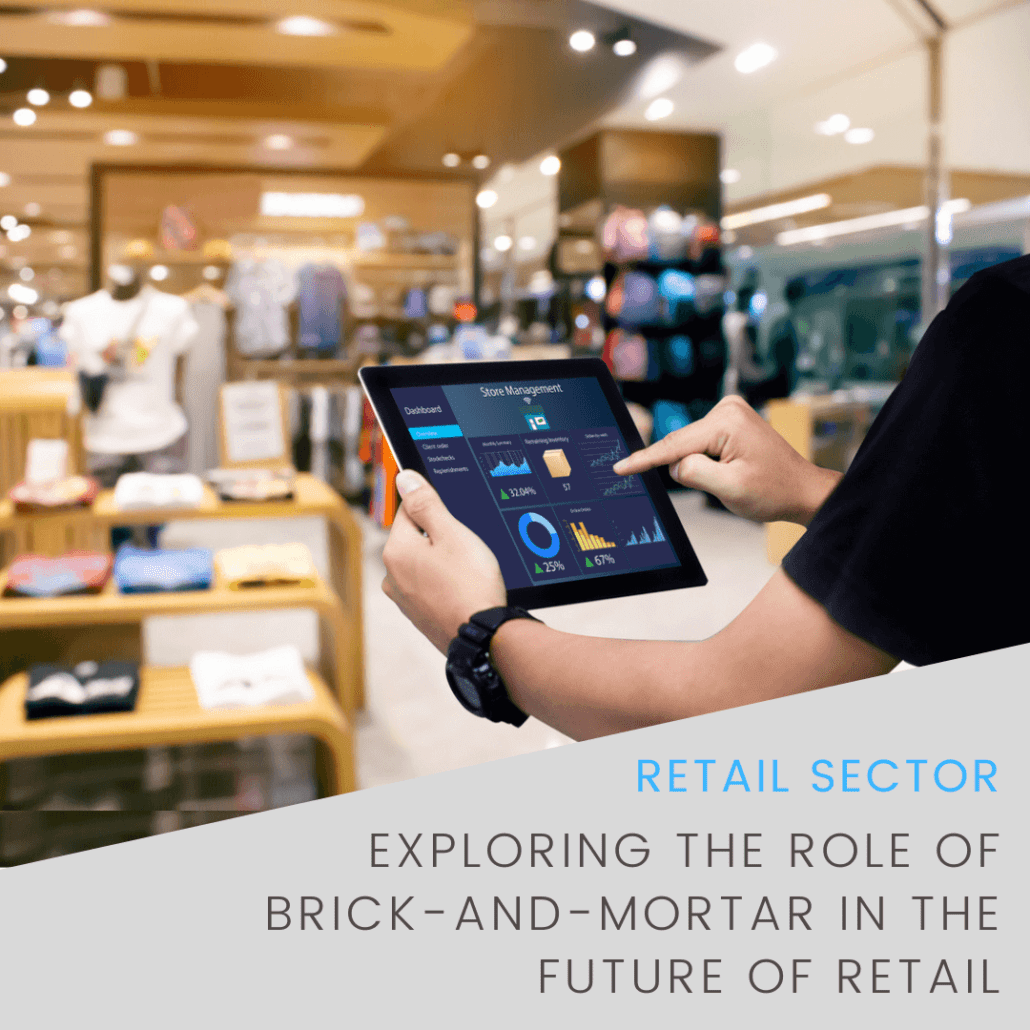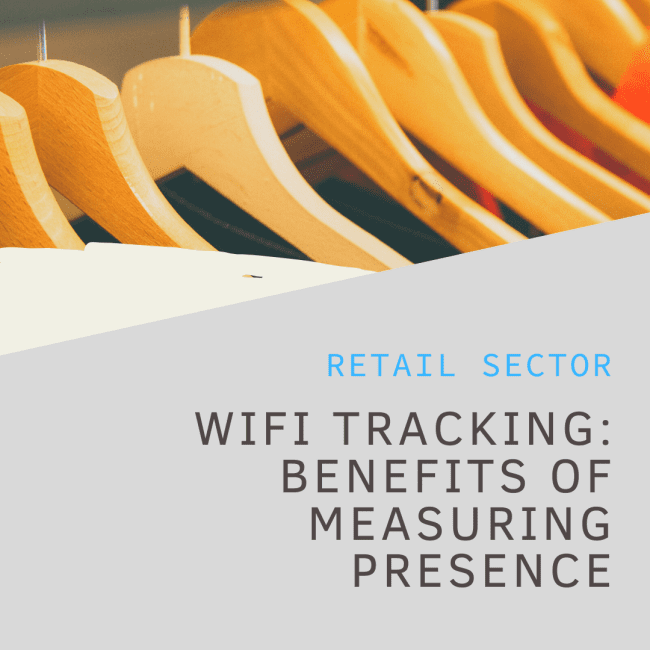The rise of e-commerce has made it easier than ever for consumers to shop online, but this has raised concerns about the future of physical stores. Will physical stores survive in the face of increasing competition from online retailers? While the future of retail in brick-and-mortar stores may seem uncertain, there are reasons to believe that physical stores will continue to play an important role in the retail industry.
Advantages of physical stores
One of the key advantages of physical stores that will differentiate the future of retail is the ability to provide a hands-on, immersive shopping experience that online retailers cannot replicate. Many consumers still prefer to touch and feel products before making a purchase, and physical stores offer this experience in a way that online shopping cannot. Additionally, physical stores provide a social experience that online shopping simply cannot match. Shopping with friends or family can be a fun and enjoyable experience, and many people still value the personal interaction that comes with shopping in a physical store.
Another advantage of physical stores is the ability to offer immediate gratification. When consumers purchase a product in a physical store, they can take it home with them immediately. This is not the case with online shopping, where consumers must wait for the product to be shipped to them. For many consumers, this instant gratification is a major factor in their decision to shop in a physical store.
Physical stores also have the advantage of being able to offer personalized service. In a physical store, employees can provide one-on-one assistance to customers, answering their questions and helping them find the products they need. This personalized service can create a sense of loyalty among customers, who may be more likely to return to a store where they received excellent service.
Challenges of the future of Retail
However, there are also challenges facing physical stores. One of the biggest challenges in the future of retail is the competition from online retailers. As e-commerce continues to grow, physical stores must find ways to differentiate themselves from online retailers and provide a unique shopping experience that cannot be replicated online. This may involve offering specialized services, such as personal styling or product customization, or creating a unique atmosphere that cannot be replicated online.
Another challenge facing physical stores is the changing shopping habits of consumers. As consumers become more accustomed to the convenience of online shopping, they may be less willing to take the time to visit physical stores. In response, physical stores may need to adapt their business models to offer more convenience, such as offering online ordering with in-store pickup or delivery services.
There are grounds to believe that physical stores will continue to play a significant role in the retail business despite these obstacles. In fact, many online retailers are now opening physical stores in order to provide a hands-on shopping experience for their customers. This trend is known as “omnichannel” retail, and it involves integrating physical stores with online channels in order to provide a seamless shopping experience for customers.
Examples of Omnichannel Retail
One example of this trend is Amazon, which has opened a number of physical stores in recent years. These stores offer a range of products, including books, electronics, and groceries, and provide a hands-on shopping experience for customers. Additionally, Amazon has integrated its physical stores with its online channels, allowing customers to order products online and pick them up at the store, or return products purchased online to the physical store.
Certainly, another example of omnichannel retail is the beauty retailer, Sephora. Sephora is known for its large selection of beauty products, including makeup, skincare, and fragrances. Sephora has embraced omnichannel retail by integrating its physical stores with its online channels in a number of ways. For example, customers can use Sephora’s website or mobile app to browse products, read reviews, and watch tutorials, and then visit a physical store to try products and receive personalized recommendations from Sephora’s knowledgeable staff. Sephora also offers a “click-and-collect” service that allows customers to order products online and pick them up in-store, as well as a “ship-to-store” service that allows customers to have products shipped to a physical store for pickup. By integrating its physical stores with its online channels, Sephora is able to provide a seamless shopping experience for its customers, regardless of how they prefer to shop.

Moreover, data and analytics will play a critical role in the future of physical stores. With the rise of omnichannel retail, physical stores will need to use data to understand customer behavior and preferences across all channels, including online and in-store. By leveraging data and analytics, physical stores can personalize the shopping experience for each customer and optimize store layout, inventory, and staffing to maximize sales. Additionally, data can help retailers identify trends and opportunities for growth, such as new product categories or marketing strategies. Overall, data and analytics will be essential for physical stores to remain competitive in the omnichannel retail landscape.
What to expect for the future of retail
In conclusion, there are reasons to expect that physical stores will continue to play a significant role in the retail business, despite concerns about the future of physical stores being raised by the growth of e-commerce.
Physical stores offer a hands-on, immersive shopping experience that online retailers cannot replicate, personalized service, and immediate gratification, which cannot be replicated online. Additionally, many online retailers are now opening physical stores as part of their omnichannel retail strategy, further demonstrating the importance of physical stores in the retail industry. While physical stores may face challenges from e-commerce and changing consumer habits, they have the potential to adapt and thrive in the omnichannel retail landscape. As such, it is likely that physical stores will continue to play an important role in the retail industry for years to come.







